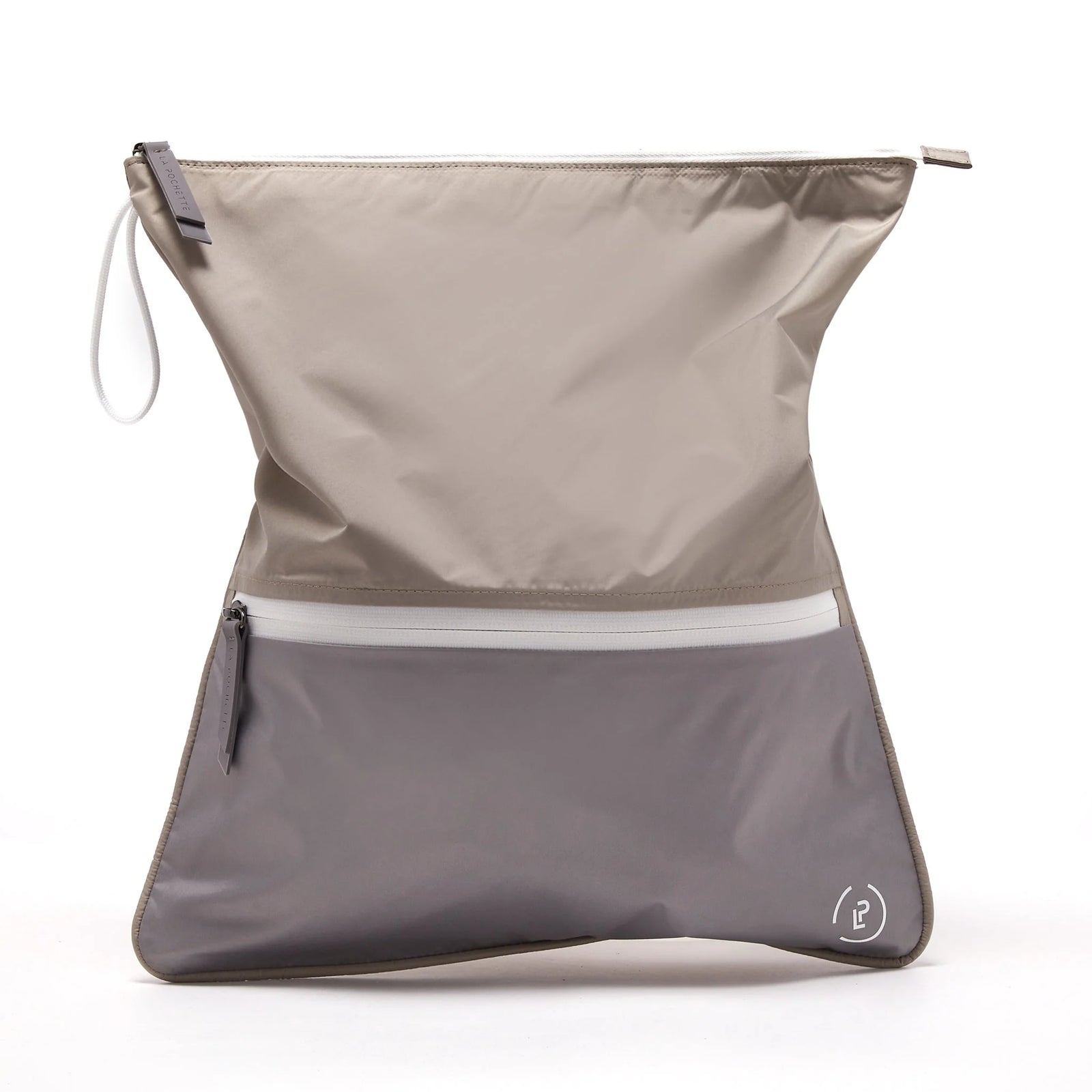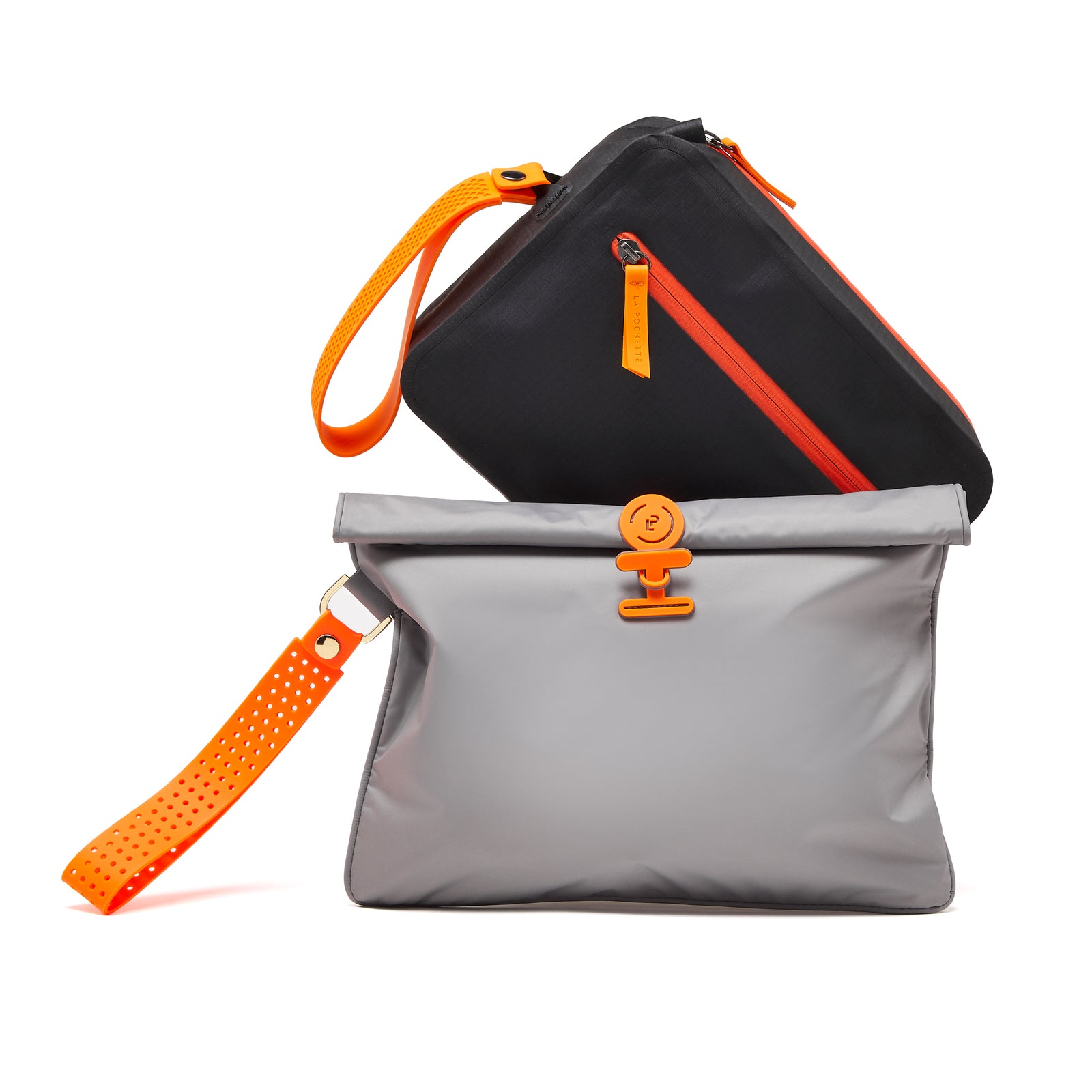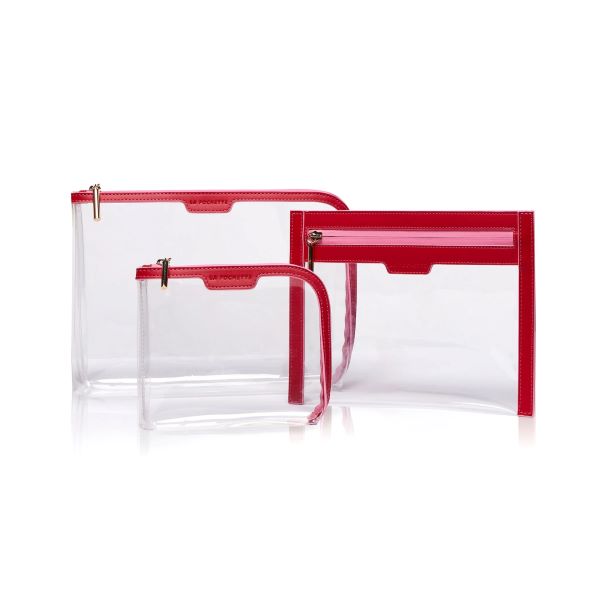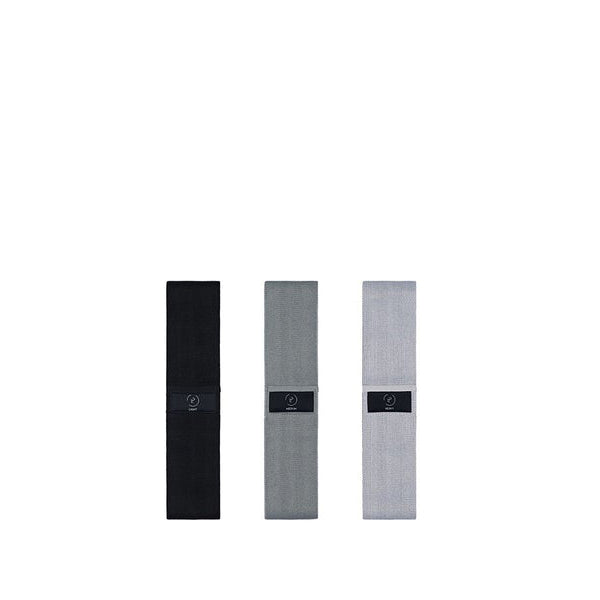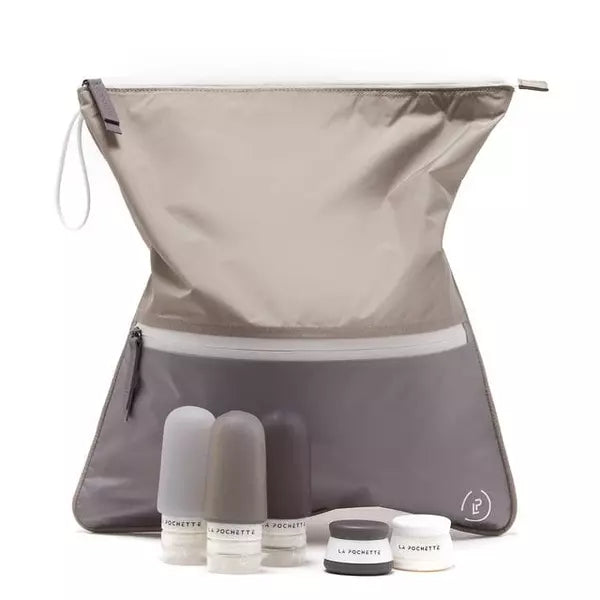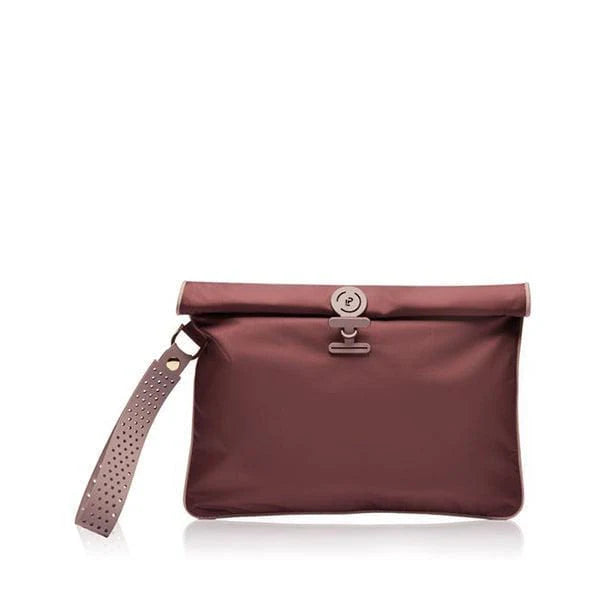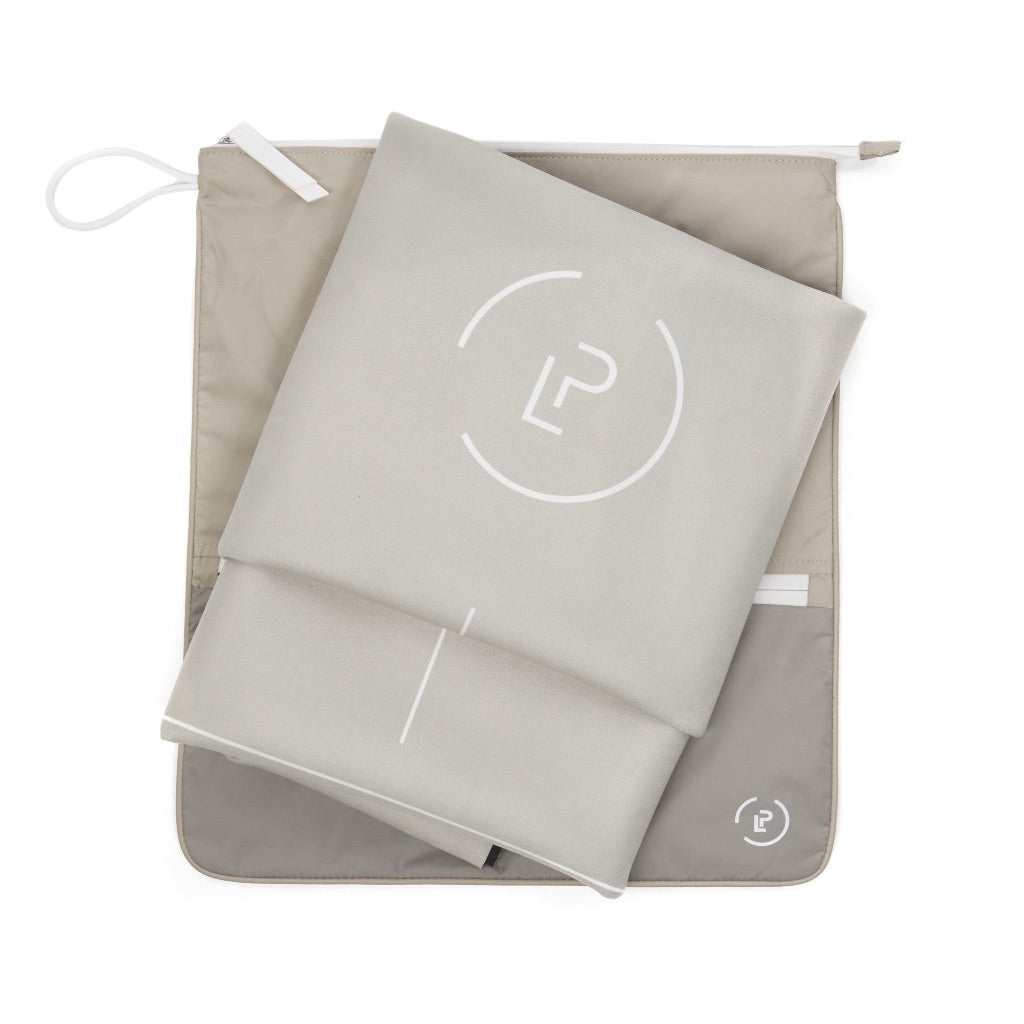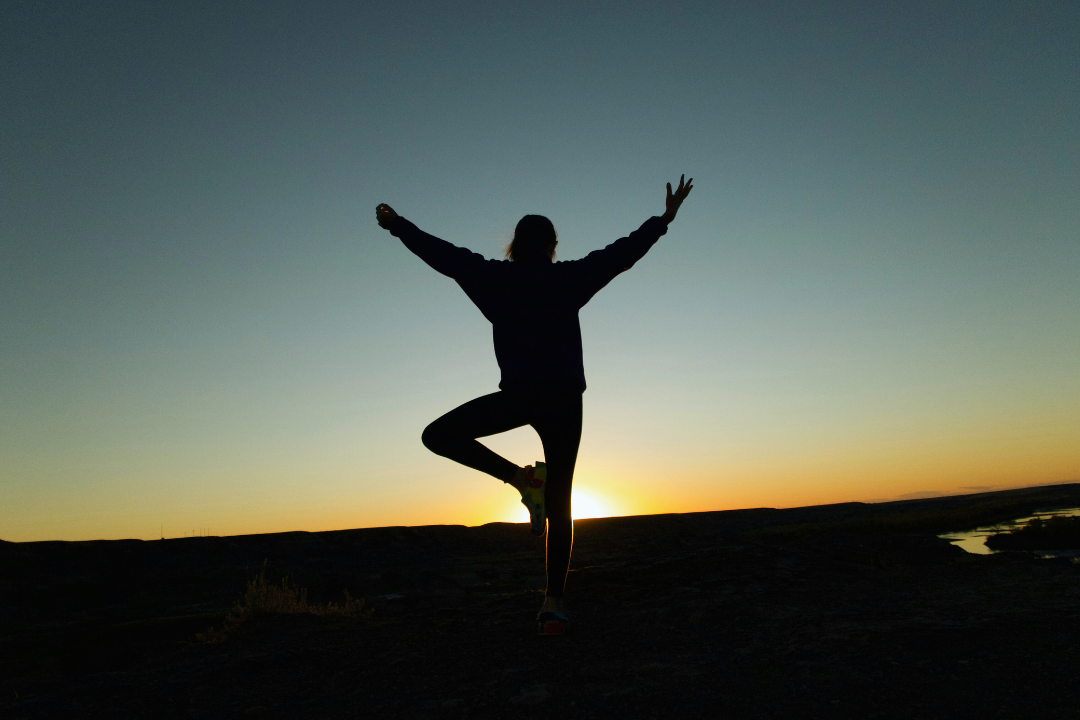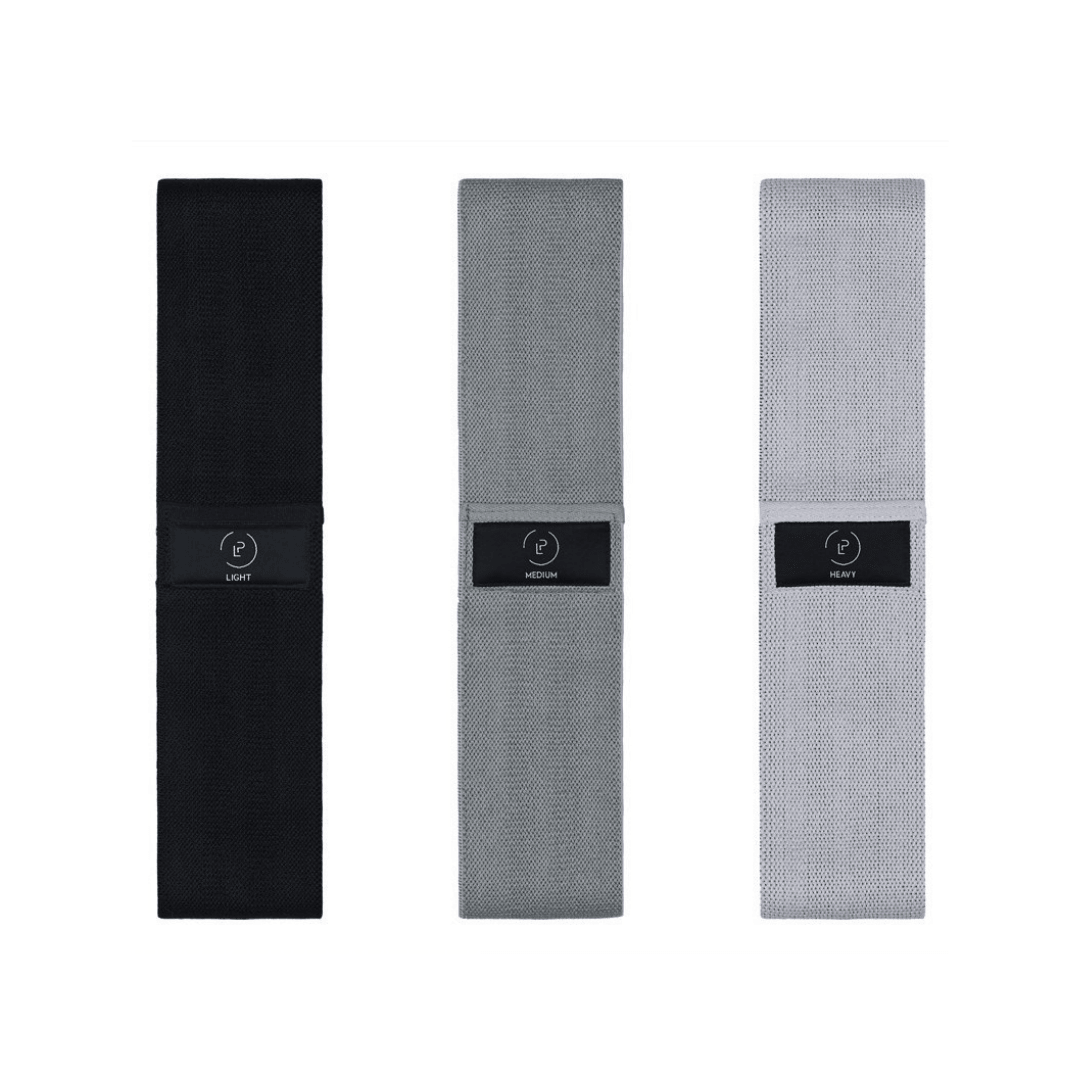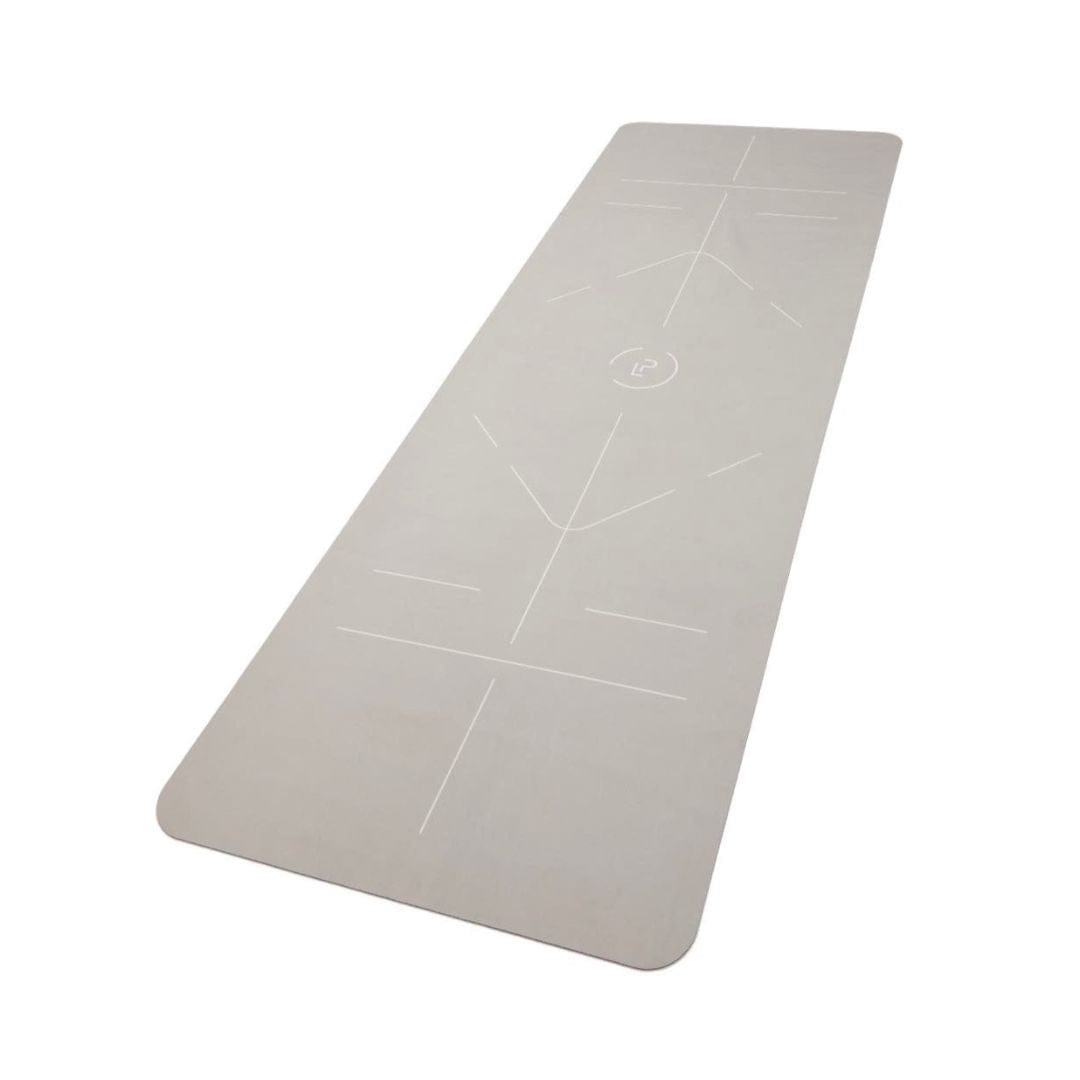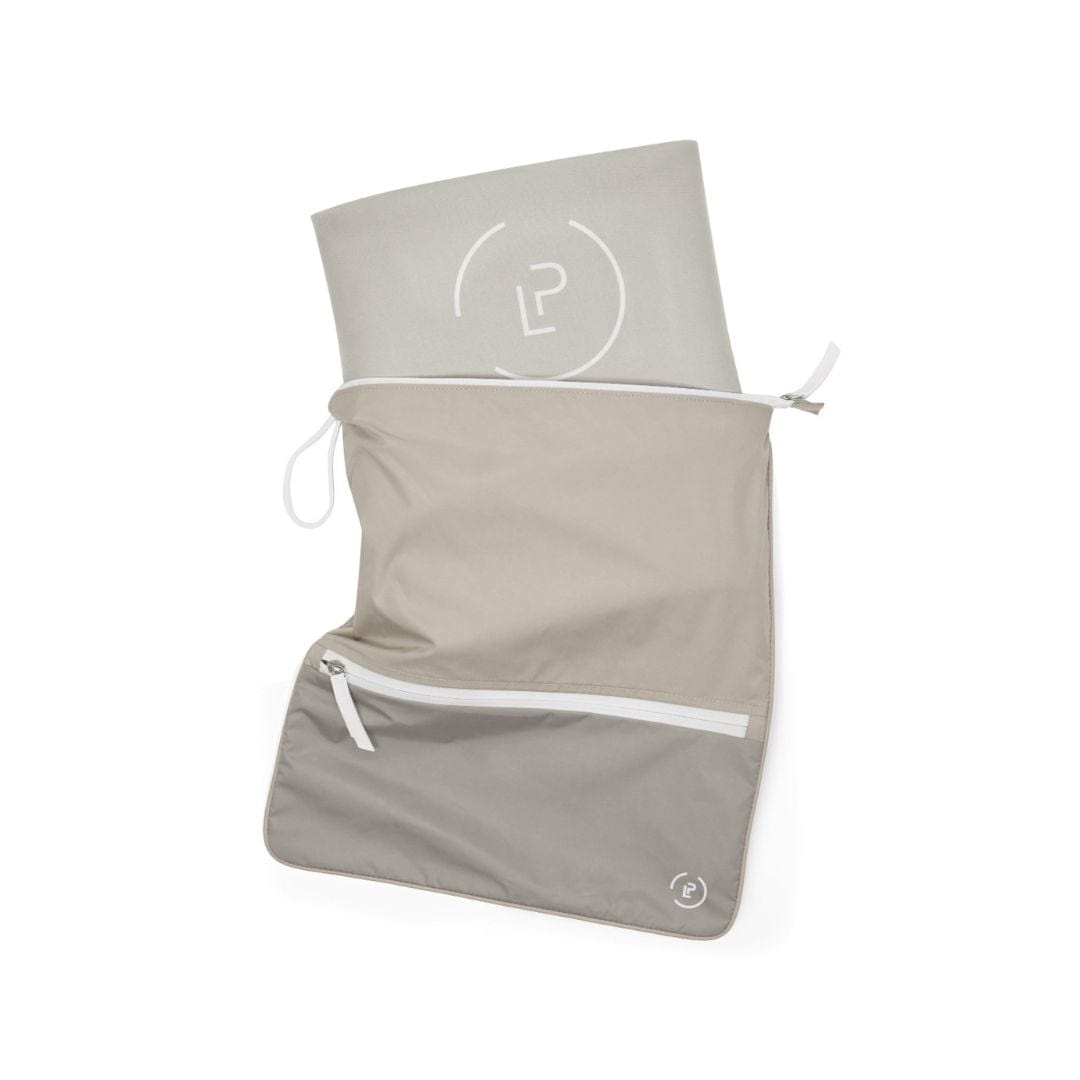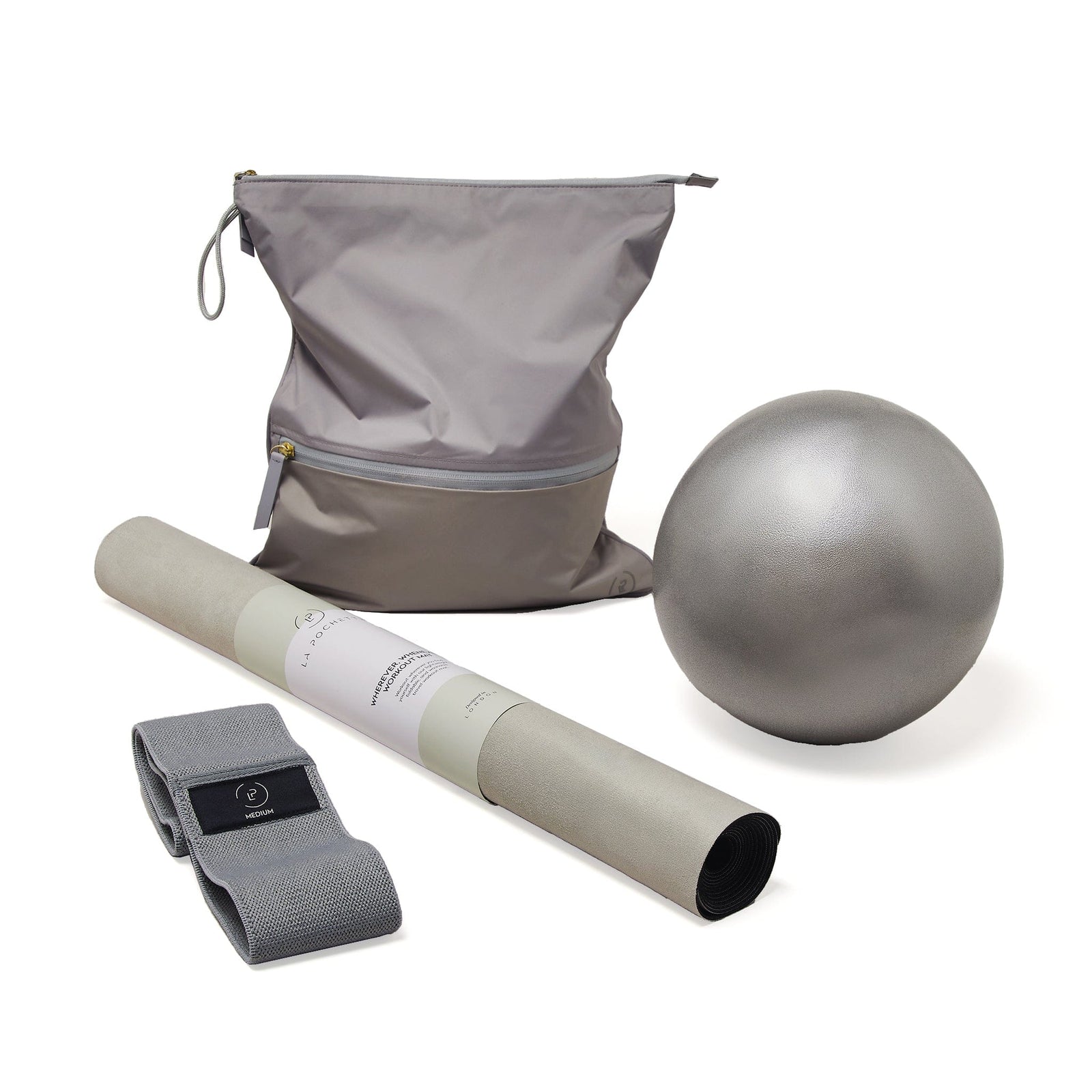Think about it: your day is a series of routines; from the moment you sleepily roll out of bed to that glorious sip of morning coffee. What if we told you that these routines could be your secret weapon for a healthier, more active life?
In this article, we're going to dive into the intriguing science behind habit formation but also uncover the remarkable influence of cues. These cues have an incredible power that can add a touch of wellness to your daily routine.
Foundations of Habit Formation
The core elements of habit formation follows a simple yet powerful loop popularized by Charles Duhigg in "The Power of Habit." This loop consists of:
- Cue (Trigger): This is the spark that kicks off the habit loop. It's the nudge that says, "Time to do the thing!"
- Routine (behaviour): Next comes the action itself, the stuff you do in response to the cue.
- Reward: Finally, there's the prize at the end - the warm and fuzzy feeling that keeps you coming back for more.
Understanding this loop is pivotal as it’s the blueprint for everything from brushing your teeth to, you guessed it, getting active.
The Mighty Influence of Cues
Now, let's zoom in on cues, the often-unnoticed conductors of our daily rituals. Cues are the subtle signals that initiate specific behaviours, lurking beneath our conscious awareness. They come in various forms:
- Location-based cues: Associated with a particular place, like your office desk prompting you to check emails.
- Time-based cues: Linked to specific times of the day, such as the afternoon hours signalling a coffee break.
- Emotional cues:Triggered by emotions, such as stress leading to comfort eating.
- People-based cues: Prompted by the presence of certain individuals, like a friend encouraging a jog.
Cues work hand in hand with our brain's reward system, cementing the habit loop. They are the architects of our daily routines, silently shaping our behaviours. The key to selecting an effective cue is choosing one that is specific and immediately actionable.
Using Cues for Healthier Habits
With a deeper understanding of cue power, let's explore how to wield this knowledge to transform your daily routines into opportunities for exercise and overall well-being. Here are a few examples:
1. Morning Coffee = Morning Plank
- Cue: When you start brewing your morning coffee.
- Routine: While the coffee is brewing, find a comfortable spot on the floor. Get into a plank position, engaging your core. Hold the plank until your coffee is ready, progressively extending your duration over time.
- Reward: You've not only caffeinated but also kick-started your day with a stronger core.
2. Tea Time = Skipping Time
- Cue: When you set the kettle for a cup of tea.
- Routine: While the kettle heats, grab your skipping rope and skip for two minutes.
- Reward: Enjoy your tea while feeling energized from a quick cardio session.
3. The Commute Walk
- Cue: When you're commuting to work.
- Routine: Get off the tube or bus one or two stops early. Optimize this time by scheduling a call or enjoying a podcast.
- Reward: A daily dose of exercise and a refreshing start or finish to your workday.
4. Dinner Prep Wall Squat
- Cue: When dinner is cooking.
- Routine: Find a wall and get into a wall squat position, but here's the twist: place a small pilates ball between your thighs. The ball adds resistance, engages your core, and fosters a better mind-muscle connection, making the wall squat more effective. Start off slowly, then gradually progress to using the ball and aim for a maximum of 2 minutes as your strength and endurance improve.
- Reward: Enjoy your meal knowing you've worked on strengthening your core and lower body.
5. Toothbrush Balance Routine
- Cue: Morning and evening teeth brushing.
- Routine: Stand on one foot while brushing. In the Morning, balance on the right foot; and in the evening, switch to the left. (Try not to wobble too much!)
- Reward: Improved balance and stability - you're nailing this adulting thing!
